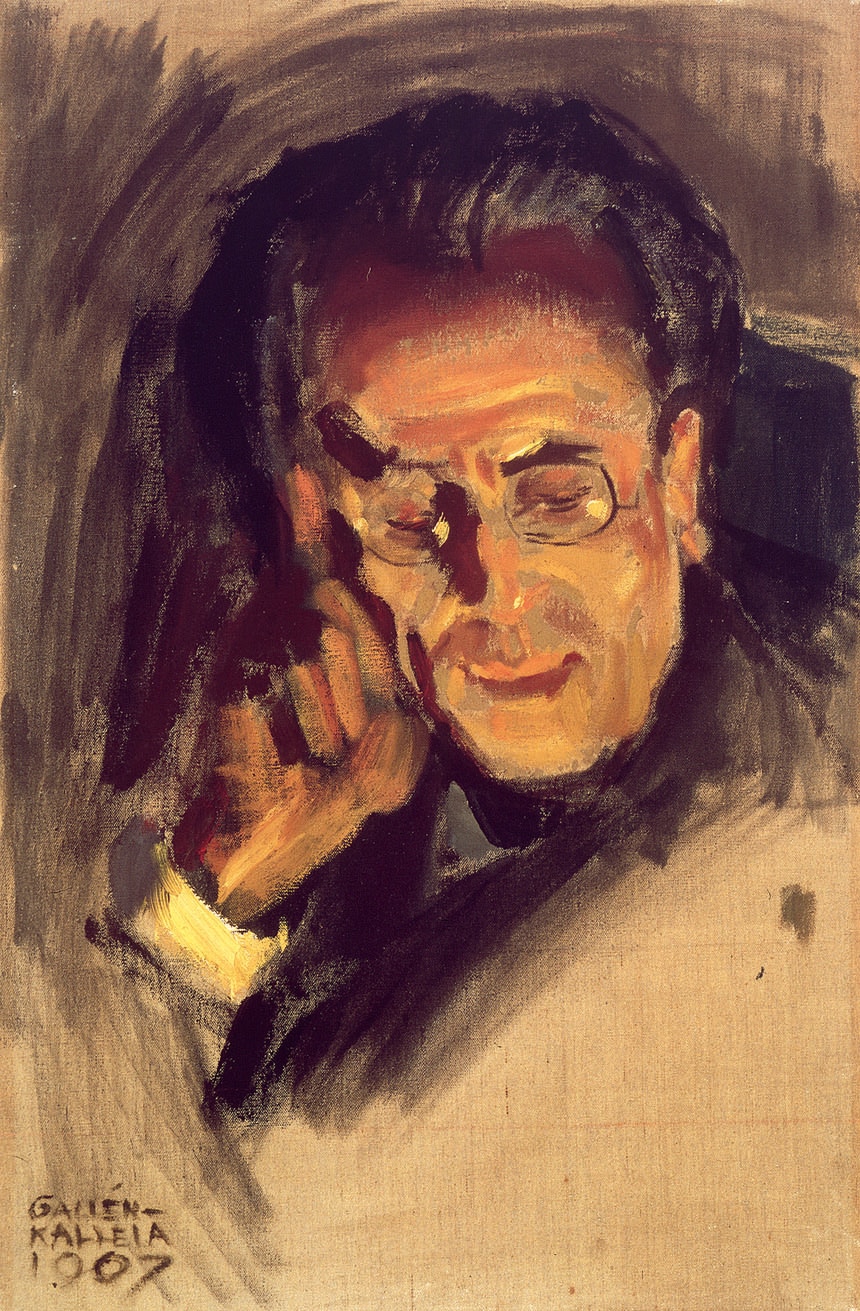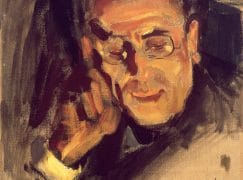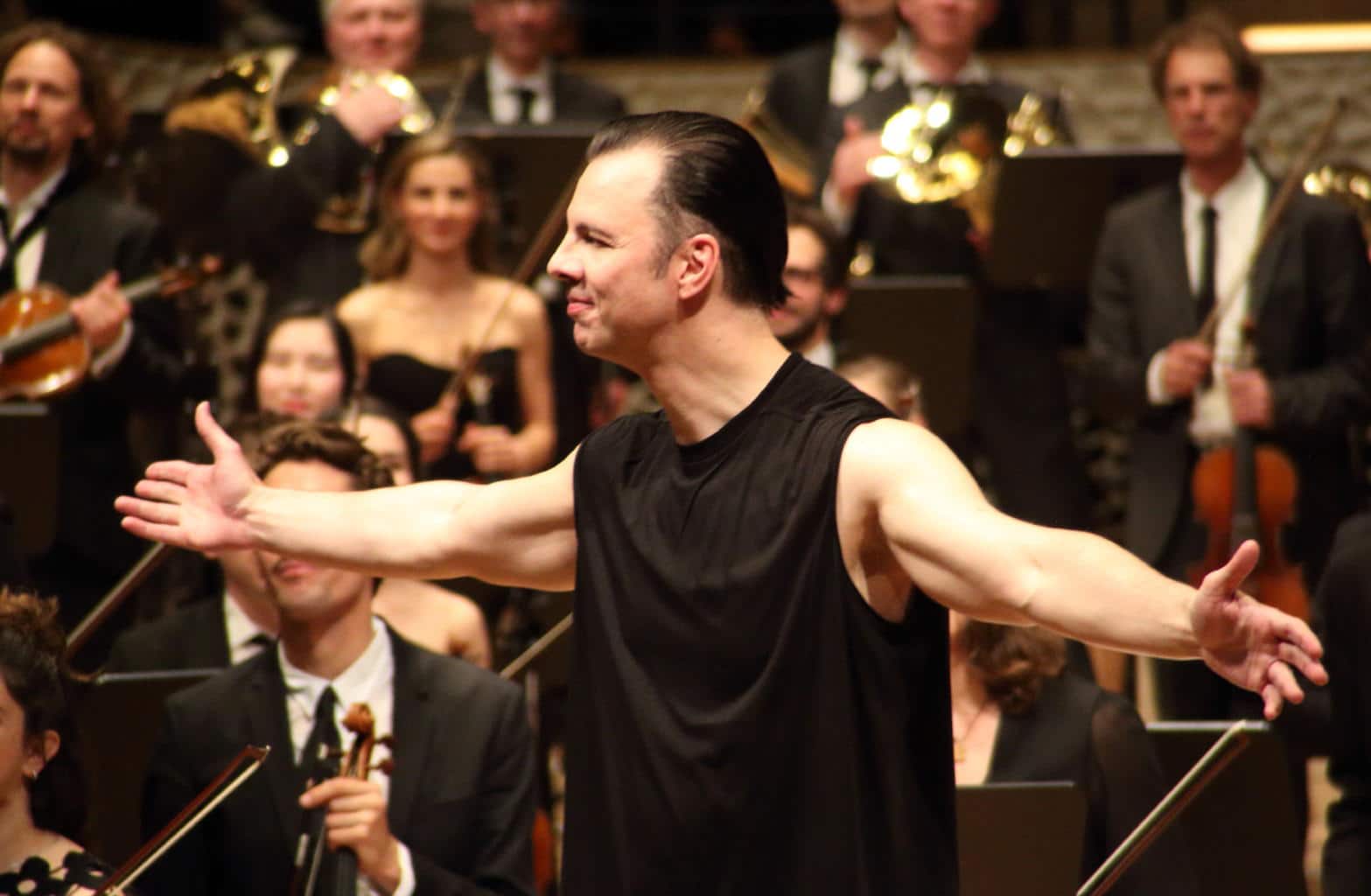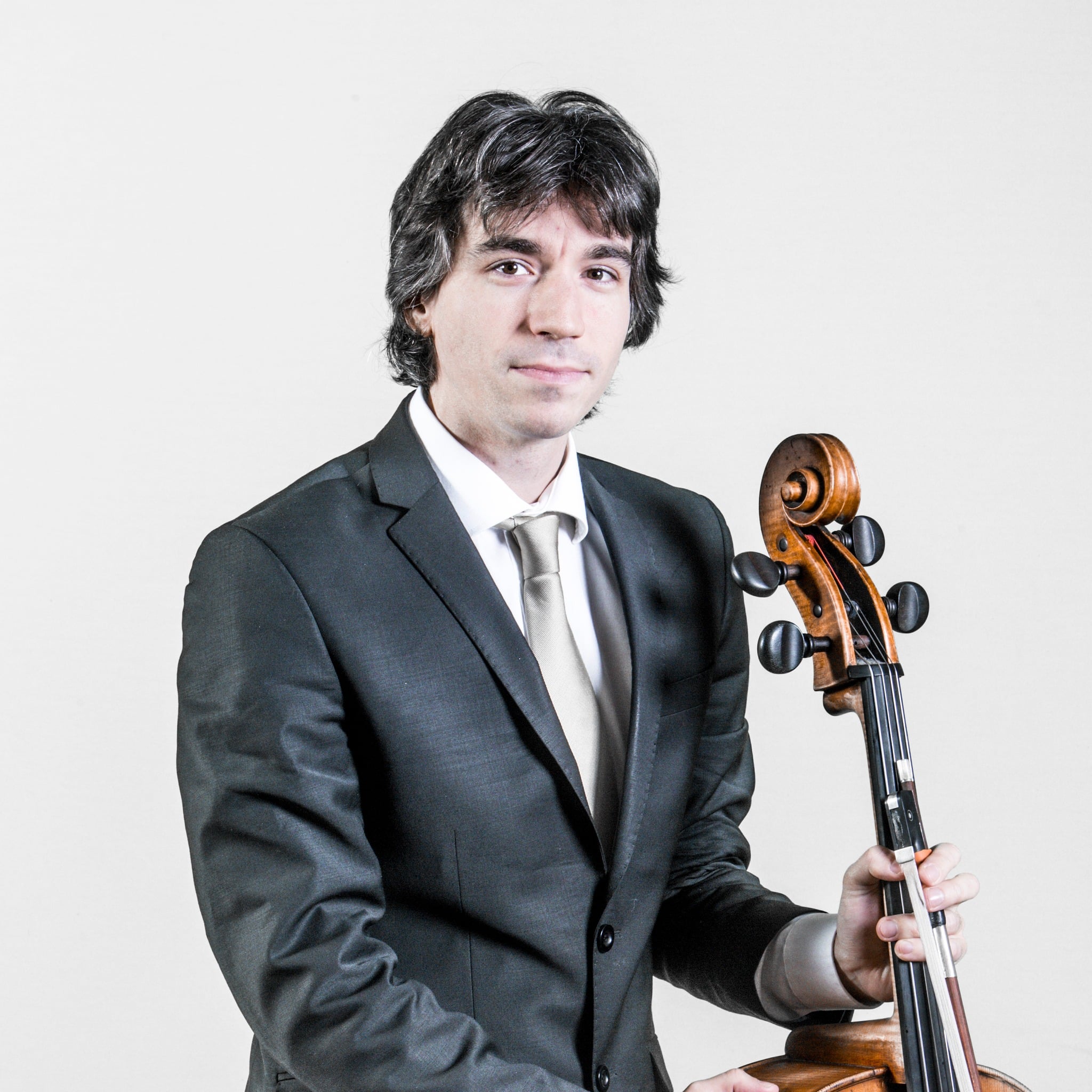Here’s what Mahler’s principal horn sounded like
mainWe have stumbled across a recording – possibly the oldest of any professional horn player – by Emil Wipperich, principal horn of the Vienna Opera and the Vienna Philharmonic from 1882 to 1914.
This is the origin of the Vienna horn sound, close to what Mahler had in mind in his many horn solos.
Wipperich died in 1917.

Listen to him here.







Comments